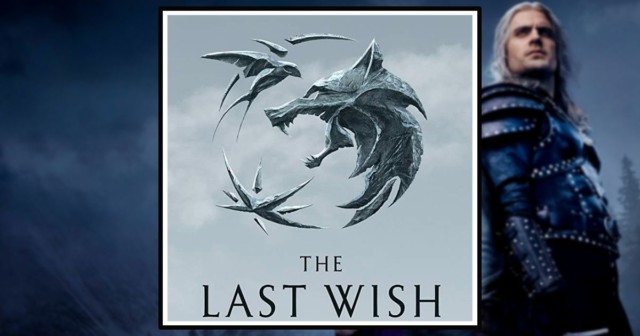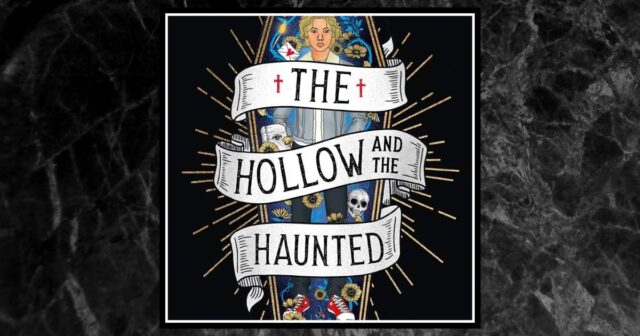The Witcher Book Review: ‘Rozdroże Kruków’ (‘Ravens’ Crossroads’) by Andrzej Sapkowski
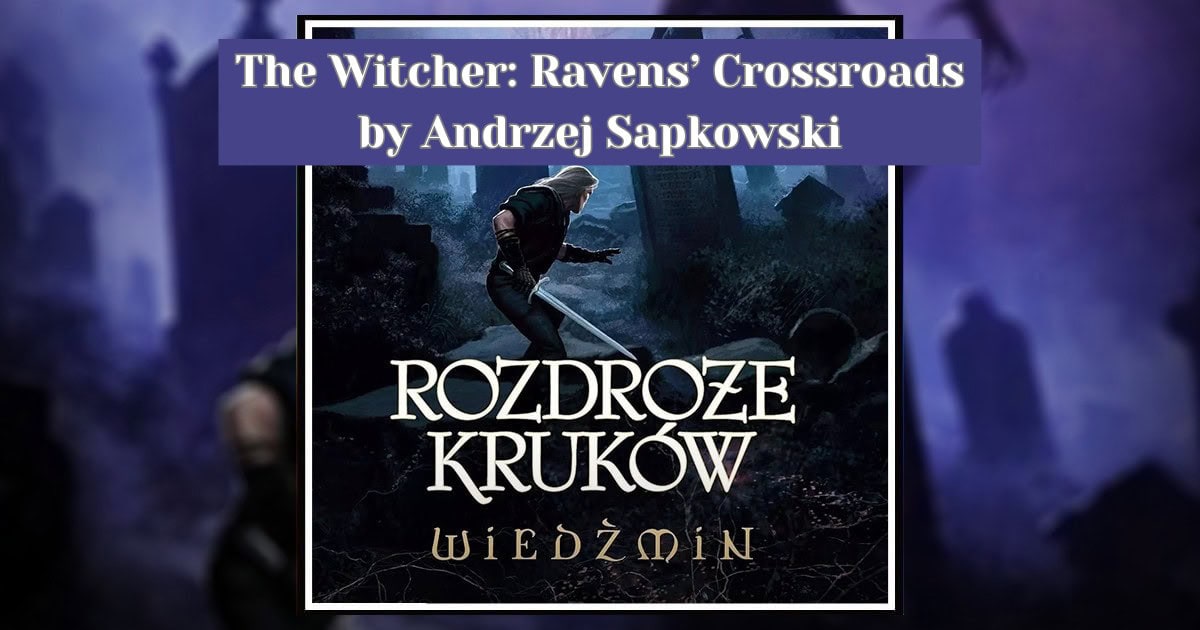
After a long wait, we can finally dive into the world of the books from The Witcher universe once again. After 11 years, Andrzej Sapkowski returns with the new book Wiedźmin: Rozdroże Kruków (The Witcher: Ravens’ Crossroads), a prequel to his beloved series of books. This book explores the first steps of Geralt of Rivia as The Witcher, by offering a freshly new but familiar perspective on the Continent. Rather than re-creating events from the past, Sapkowski invites readers to witness Geralt’s early struggles as an inexperienced Witcher finding his place in a complex, unforgiving world.
True to his style, Sapkowski blends moral ambiguity, sharp dialogue, and richly imagined settings to deliver a work that serves as both an engaging origin story and a broader commentary on human and societal frailty. The story, world, and characters in this book are perfectly balanced and consistent with the lore of The Witcher in one way or another. The plot remains accessible for everyone, and it provides answers to some of the questions about Geralt’s past and his evolution as a character.
[Warning: Very light spoilers from The Witcher: Ravens’ Crossroads are below! Check out The Witcher Books tag for more reviews of previous novels]
Young Witcher Geralt discovers the dangers of this world
The story begins with Geralt who’s right after undergoing the mutagen mutation. He is a fresh recruit from Kaer Morhen and is cocky to prove himself. He is not the same stoic, grumpy, monster hunter we know. This Geralt is still full of youthful energy and uncertainty. He isn’t destroyed and burdened by this life, but rather, he is an optimist still. Of course, his path is full of errors and accidents due to his inexperience, but that’s the beauty of it. This “new” portrayal of Geralt of Rivia adds more to his character. We can see how he learned from his lessons, what shaped him into the stoic and pragmatic figure fans have come to admire, and why he will never decide to stop being a Witcher.
One of the novel’s early chapters focuses on Geralt in a weird and slightly familiar situation where his attempts at heroism backfire spectacularly. This sets the tone for the rest of the book. Sapkowski explores the obvious dissonance between noble intentions and harsh realities, which can get Geralt killed pretty easily. Whether dealing with manipulative people who pretend to be noble, not easily trusting villagers, or dangerous monsters, Geralt must learn the hard way that his skills are only part of the larger equation. The equation that will help him train, be a better man, and one day save the Continent.
What stands out to me in Ravens’ Crossroads is how Sapkowski uses these early struggles of Geralt to examine larger themes and problems. Themes of prejudice regarding Witchers, social inequality, and problems with trusting people as well as other Witchers. Witchers are outcasts, tolerated and respected only when their skills are needed.
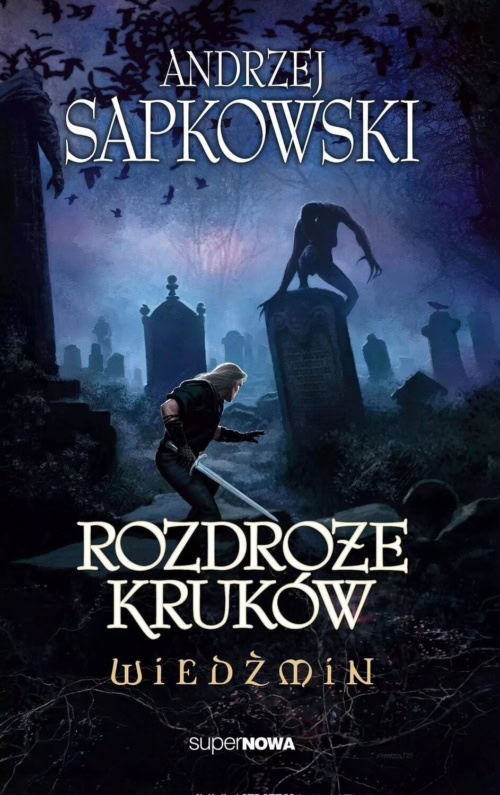
Young Geralt is still naive by not believing in human cruelty. But very soon he finds himself facing this harsh reality. We get to read about the first monster Geralt ever killed, and I’m not going to spoil it for you, but the whole surrounding of such an important moment in Geralt’s life is sad, traumatic, and deep.
This thematic exploration of so many things adds a deeper layer to the whole narrative of this book. It makes it more than just an adventure tale. It is a book about discovering your true self, seeing the world for what it truly is, and more.
World-building and the lore of Kaedwen in Andrzej Sapkowski’s new Witcher novel
Ravens’ Crossroads is set primarily in Kaedwen, and it expands the Witcher lore by diving deep into the region’s political and cultural landscape. Sapkowski describes Kaedwen as a land filled with tension, where ancient traditions blend with emerging powers. One of the book’s strengths lies in its exploration of The Witcher lore. When you read the book, you will be given a behind-the-scenes look at the life of a monster hunter. From the preparation of various potions to the ethical and moral dilemmas involved when accepting the contracts.
Sapkowski isn’t afraid of presenting the readers with the dark and problematic realities of the jobs that Witchers are signing up for. The monsters Geralt faces are as much metaphors for human flaws and problems as they are real life-danger threats. The book also sheds more light on Kaer Morhen and its role in Geralt’s life. Sapkowski very subtly presents you with details about the Witchers’ home history and the trials Witchers undergo during their training.
These moments of exploring Geralt’s past, give us some more explanation regarding some of the skills and his detached demeanor. Which makes him an even richer character than he was before. All that without detracting from the main plot and the problems of the Continent.
Critics have praised Andrzej Sapkowski’s approach to the story of young Geralt by mixing the nostalgic storytelling of older books with a new and fresh one in this book. While some elements such as the late introduction of the main antagonists gained understandable criticism, the book overall captures the known essence of Sapkowski’s world and his characters. From the beginning, it promises to tell you a story with a rich world, interesting yet mysterious lore, and a character-driven drama. Fans of both the books and the games will find it intriguing to read this book. The Witcher lore also includes connections to lesser-known Witcher schools and key artifacts, which is a great Easter egg for long-time fans.
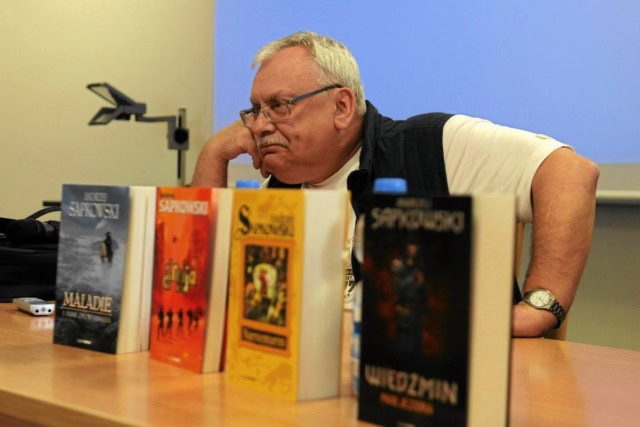
Themes and moral complexity of Rozdroże Kruków (Ravens’ Crossroads)
Sapkowski named this book Ravens’ Crossroads, and it is not without other meaning. The book explores themes of identity, responsibility, growing up, morality, and the nature of power. Young Geralt’s journey is as much about his inner growth as it is about facing extreme challenges to survive and making decisions he may not be comfortable with. Each encounter forces him to confront his beliefs and adapt to a world that rarely aligns with his ideals.
That way, we can see how Geralt’s worldview is becoming shattered with each dangerous situation. Only to break completely in the end and make Geralt a person who starts about thinking, what is life about and why he has to be the one to save others.
Sapkowski also focuses on modern issues through the lens of his fictional world. Topics such as political manipulation, social stratification, world hunger, poorness, poverty, and gender inequities appear very often in this book. These elements are a necessary part of The Witcher’s lore, and they give the story a timeless quality. Which in a few years will make it even more relevant outside its fantasy setting.
Potential for future stories from The Witcher‘s world
One of the most exciting aspects of Ravens’ Crossroads is its potential to pave the way for future stories. When the story ends, it leaves plenty of paths to continue Geralt’s story. Sapkowski hints at events and characters that other works could easily explore. That way, we can get more books that will focus on other unresolved plot lines or mysteries.
The book also works as a bridge between the original The Witcher saga and its various adaptations. Fans of the games and Netflix series will find some small nods to familiar elements, which suggests a deliberate effort to connect fans of all the adaptations by reading this book.
Other stories could explore Geralt’s adventures with other Witchers like Eskel, Lambert, or Vesemir. Before going into the first book in The Witcher saga, Geralt still has a lot to learn. Going on journeys together with his friends and a mentor could be very interesting from the point of view of developing the character, only to see how he became this person from the first book.
Final thoughts on Wiedźmin: Rozdroże Kruków (The Witcher: Ravens’ Crossroads)
The Witcher: Ravens’ Crossroads is an amazing and necessary return to the world of The Witcher. It offers a fresh take on Geralt’s origins while keeping all the elements that made the book series so beloved. Sapkowski’s masterful storytelling, rich world-building, and complex characters make this a must-read for fans and newcomers alike. It works well as a standalone The Witcher story because it stands on its own, and therefore there is no need to connect it with other projects.
By exploring Geralt’s early struggles and the complications of living on the Continent, the book makes the lore even more expanded and provides new perspectives on familiar themes. This book is also a wonderful gift for newcomers because you don’t have to read, play, or watch other projects to understand and enjoy the book.
My rating for this book: 10/10
The Witcher: Ravens’ Crossroads by Andrzej Sapkowski is now available in Polish, with an English translation to be released some time next year. Are you planning to pick this book up? Let us know what you think on social media @mycosmiccircus or @TheCosmicCircus.com on Bluesky!
The Witcher Book Review: The Last Wish by Andrzej Sapkowski

